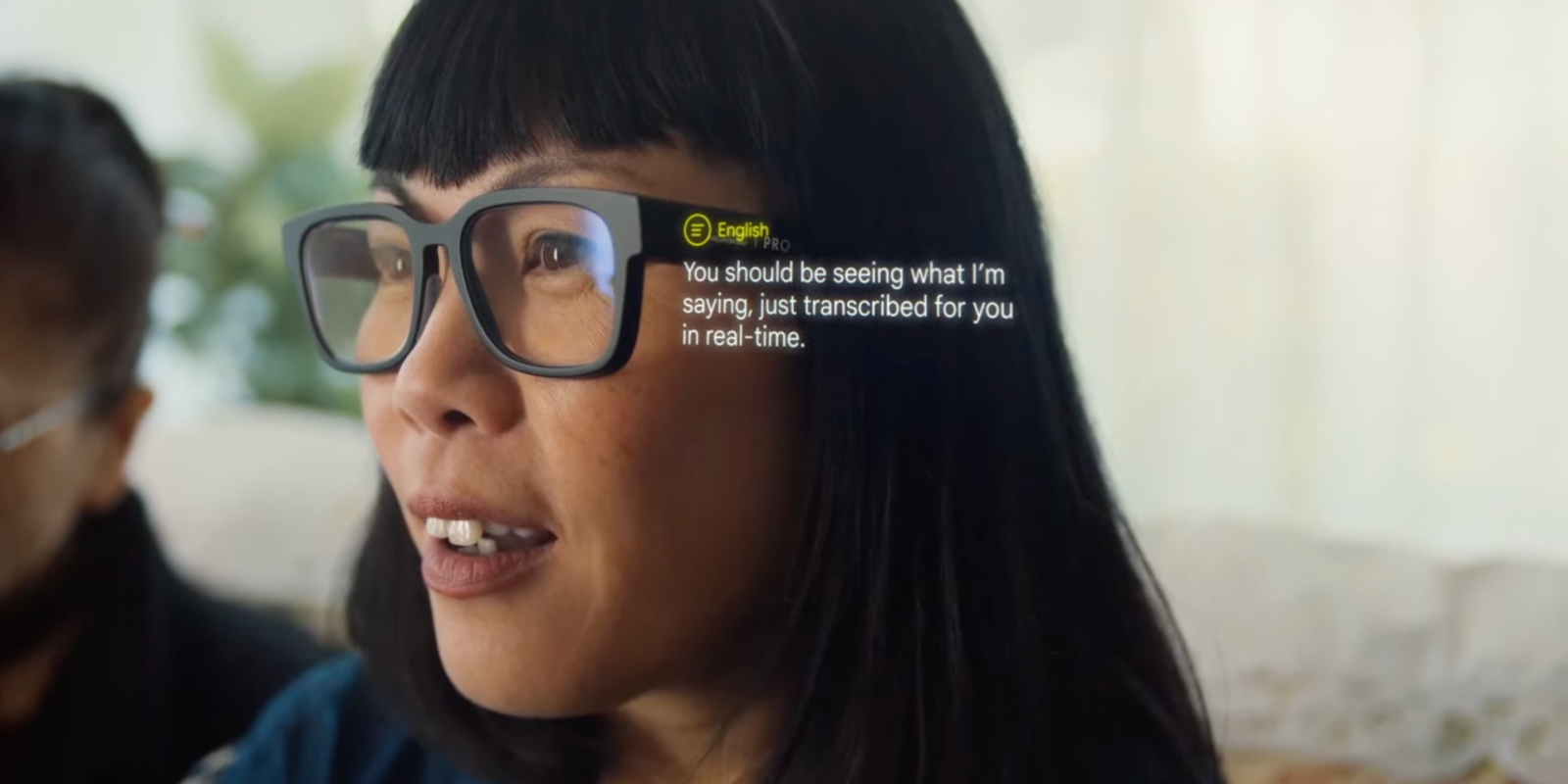
9to5Google has a rebooted newsletter that highlights the biggest Google stories with added commentary and other tidbits. Sign up to get it early in your inbox, or continue reading 9to5Google Log Out below:
News emerged this week that Google had “shelved” its Iris smart glasses project earlier in the year. This was framed as a casualty of layoffs, reshuffles, and the departure of Google’s AR/VR chief. Even when the project was up and running, “Google leaders kept changing the strategy for the Iris glasses when they were in development, which led to the team continually pivoting, frustrating many employees.”
Google’s focus right now is described as “Android for AR,” a model under which it builds the OS and software instead of hardware. This sounds a lot like the current Android-OEM model for phones and tablets, which is, of course, successful.
It plays to the Android team’s strengths of developing and maintaining software used by billions while allowing for partner advantages. The inaugural headset from Samsung presumably leverages display and at-scale manufacturing expertise, while Qualcomm is several generations into AR/VR/XR chipsets.
Meanwhile, Google’s existing phone-based AR apps are very well-positioned for smart glasses. Google Lens could very well be the Assistant you pull up on that form factor, while the utility of Live View for directions and wayfinding speaks for itself.
For the sake of the software experience, I hope the Android team gets to exercise more control than on phones, tablets, and watches. A Google TV-like arrangement where OEMs don’t get to greatly alter the homescreen would be ideal. I’m sure Samsung will want to put its touch on the UI, but hopefully, Google can negotiate a compromise there.
That being said, if Google killed Iris because it’s going all-in the Android-OEM model, I have concerns for the hardware division.
I don’t think it’s hyperbole to say that AR glasses are the future; it’s the only form factor that can realistically replace smartphones as the primary computing device for most people. In fact, it can also replace your laptop with floating infinite screens and keyboards, while being able to see information overlaid in the real world will lead to game-changing use cases that Google’s helpfulness is well-positioned for.
With everything on the line, you’d expect Google is working towards this in a sustained manner, like Apple and Meta, even if it won’t be ready for several years.
It also seemed to me that smart glasses were Google’s opportunity to break the OEM model and be first at doing something entirely in-house and end-to-end.
Before the cancelation, that indeed seemed to be the plan, between Google acquiring North in 2020 and I/O 2022 ending with Google affirming its interest in AR, showing off a pair of translation glasses, and saying:
These AR capabilities are already useful on phones and the magic will really come alive when you can use them in the real world without the technology getting in the way. That potential is what gets us most excited about AR. The ability to spend time focusing on what matters in the real world in our real lives.
It’s important we design in a way that is built for the real world and doesn’t take you away from it. And AR gives us new ways to accomplish this.
In July 2022, Google announced that it would start testing AR prototypes in the real world. Later, in October, the company started using Glass Enterprise paired with a Tensor-powered Pixel phone to test AR features in a more public manner.
Months later, something in the plan clearly changed.
Ultimately, there are many unknowns, including why the project was killed. One reason that comes to mind is that Google looked at the hardware landscape and deemed the technology (displays, batteries, miniaturization, etc.) as not being ready. The Business Insider report did say “it was possible Google may resurrect the Iris glasses one day and that some teams were still experimenting with AR technologies.”
Hopefully, the end goal is still to build Google glasses.
From 9to5Google
Pixel Folds are already breaking, but that’s not the problem
- Has the Google Pixel Fold even launched?
- You can now order Bellroy’s leather Pixel Fold case
- Limited-edition Pixel Fold celebrates 50th anniversary of hip hop, but you can’t buy it
Review: Tailwind is the best garage door opener for Google Home
The new Google Home app sets the bar for Android apps on screens big and small
What (else) is happening
YouTube Music rolls out miniplayer redesign with permanent Cast button
Asus Zenfone 10: 5.9-inch display, Snapdragon 8 Gen 2, wireless charging, €799/$699
Google will locally remove Canadian news sites from Search, Discover over new law
Google might ask you if it’s raining as part of weather crowdsourcing
From the rest of 9to5
Electrek: Electrify America, Blink to add Tesla’s NACS connector to their EV chargers
FTC: We use income earning auto affiliate links. More.




Comments